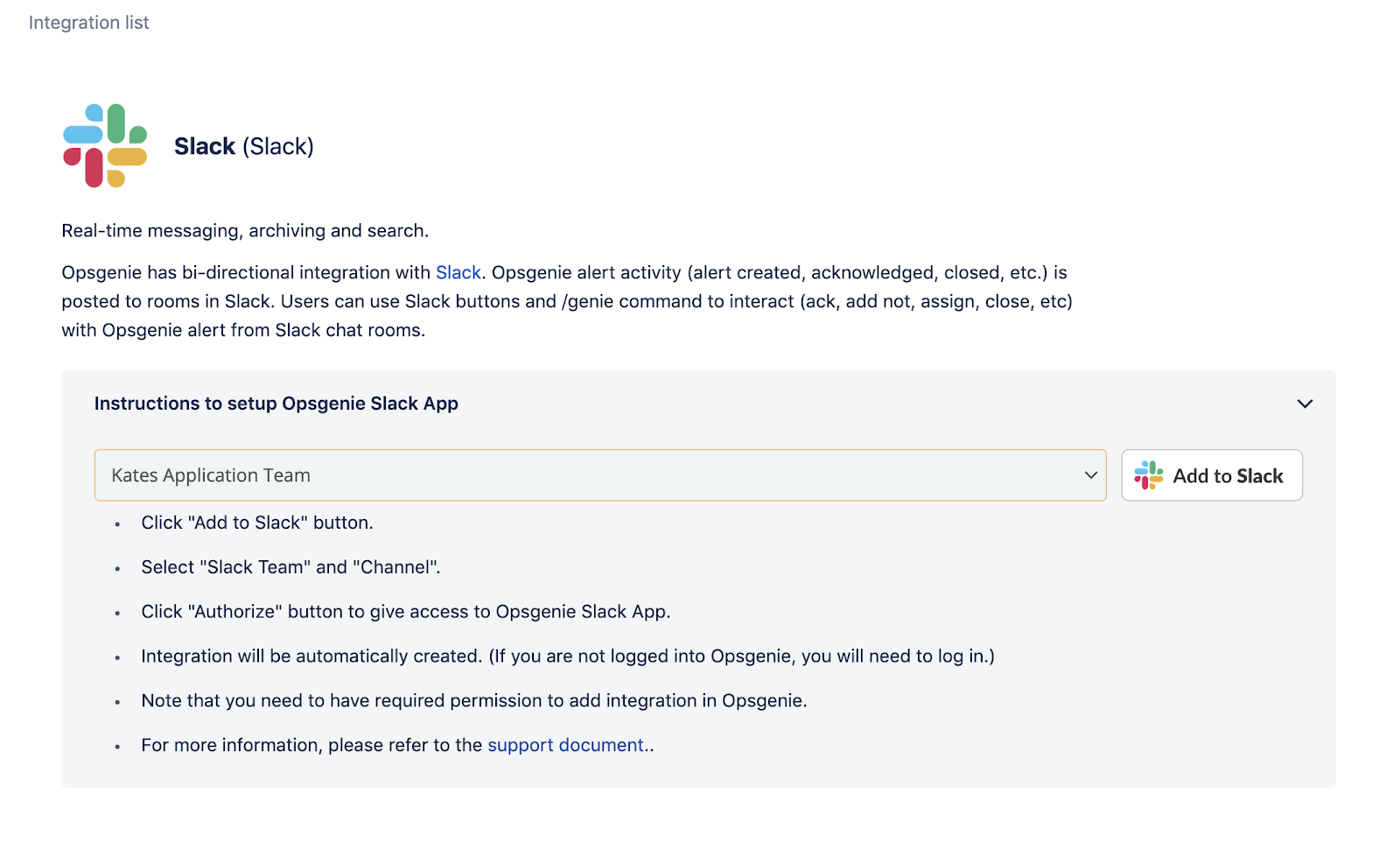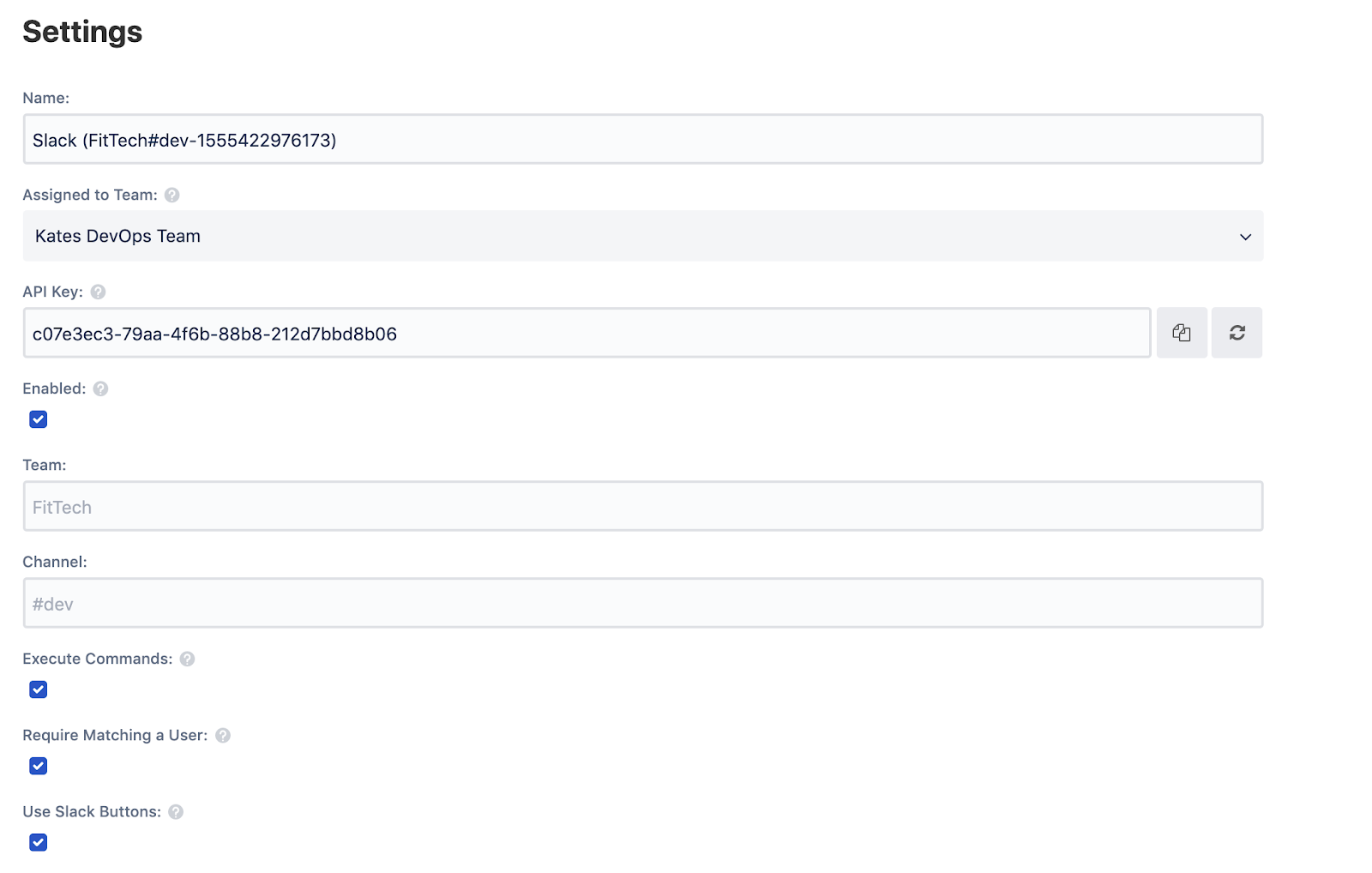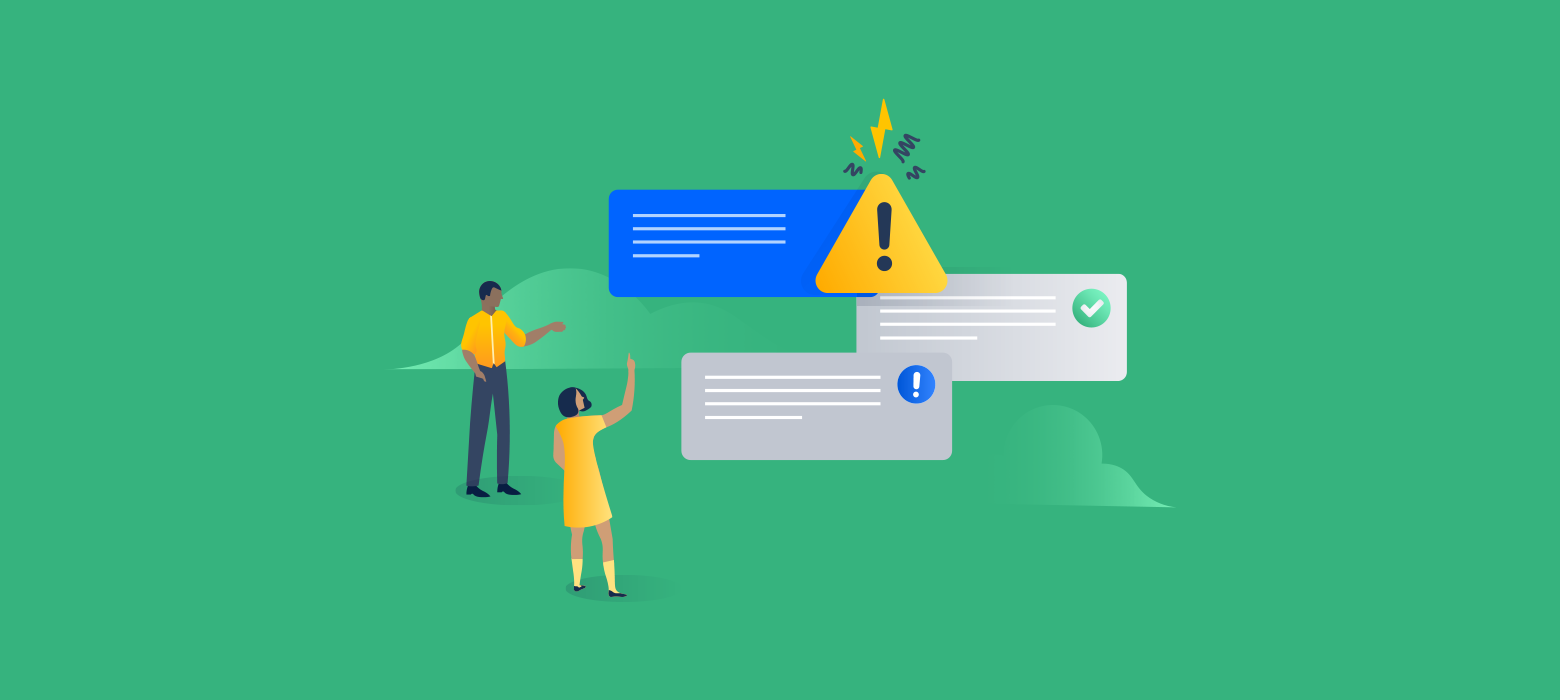Best practices for managing alerts with Slack and Opsgenie
The bi-directional integration surfaces alerts in real time.
When Opsgenie and Slack team up, incident management is smoother and more intuitive. With this powerful integration, users are enabled to rapidly respond to and resolve alerts directly from Slack, using buttons or /genie commands to mute notifications, get alert details, view on-call schedules, and much more.
Here are some best practices to help teams avoid alert fatigue but always stay informed.
Install separate integrations for each team
Each team in an organization has different needs, and one of the best ways to empower groups on Slack is to provide them with their own dedicated channels. The integrations team and the platform team might each have their own channel for internal communications; likewise, you can install the Slack app on different channels for each Opsgenie team.

It’s incredibly easy to add new Slack integrations with the Add to Slack button.
Ask your Opsgenie users to authenticate themselves on Slack
By default, Opsgenie commands in Slack are executed anonymously, but knowing who is responsible for those commands is important for auditing and security purposes. We highly recommend requiring your Opsgenie users to authenticate on Slack.

Your Slack integration page offers the option to Require matching a user, which forces users to execute the /genie connect command when they first attempt to execute an action in your Slack channel. Once the integration and authentication are complete, you will always know which users are responsible for executing actions in Slack for auditing purposes and increased security.
Use Slack buttons and interactive menus to execute actions quickly

During an incident, it’s important to act as quickly as possible. Our Slack buttons and interactive slash commands are great ways to execute alert actions, such as Acknowledge or Close, faster than ever, and avoid the time and trouble of switching between tools and mobile devices.
Don’t use Slack buttons for informational alerts
Some alerts are less important than others, and it’s wise to avoid sending low-priority alert notifications to users. For example, when Opsgenie was operating as a startup, we sent a notification for each new free trial that a customer opened to our internal #business channel. Our Sales team wants to know whether we’re hitting our free trial goal, but they don’t need to take action when the alert is opened, so we we didn’t include the buttons; they’d be a waste of space and visually confusing.

To hide Slack buttons, deselect the “use Slack buttons” option on your Opsgenie Slack integration page.
Leverage slash commands for everything else
To avoid disturbing users unnecessarily, we typically expose only the most commonly used actions through Slack buttons. Sometimes users need more than that, so we support a comprehensive list of actions through our /genie command in order to provide a better ChatOps experience for everyone. Type /genie help to see an extensive list of actions you can perform using the slash command.
For example, enter /genie whoisoncall to see who is on call according to your schedules. Just type the command in your Slack channel, and the app automatically displays the whole list.
Tip
For more information about the Slack integration, view our documentation.
Have questions or suggestions, or want to learn more about how to leverage our Slack app to improve your ChatOps experience? Come join us in the Community!

